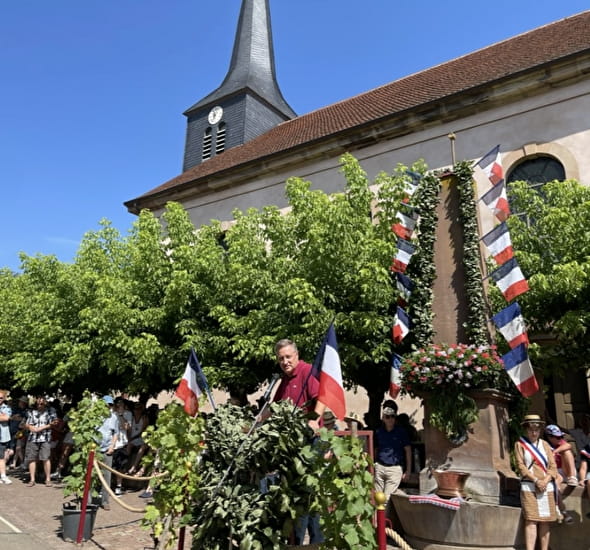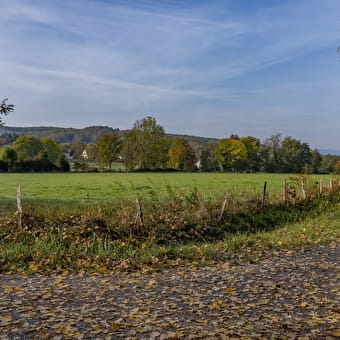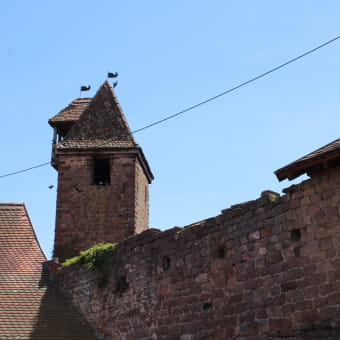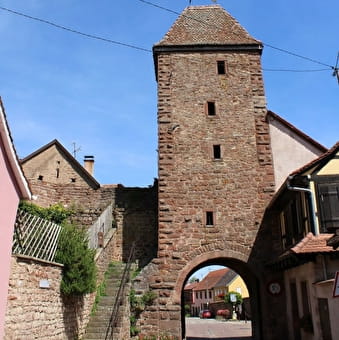
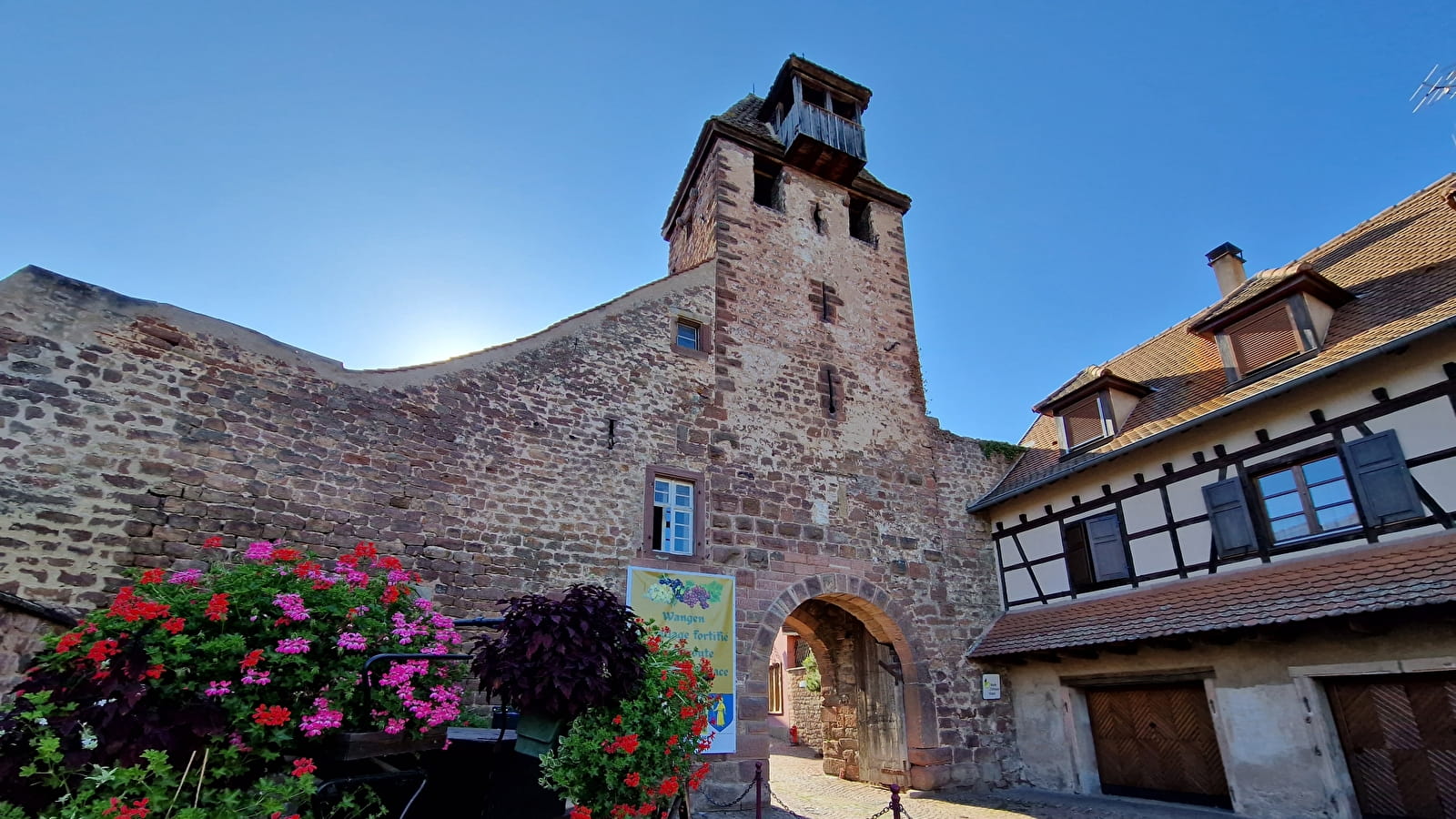
Fortified town of Wangen
WangenWelcome to Wangen: a medieval treasure on the Alsace Wine Route!
Nicknamed the "little Riquewihr of the Bas-Rhin", Wangen is the first fortified village on the Alsace wine route. Backing onto the slopes of the 391-metre-high Wangenberg, the small town of Wangen seems to be immersed in a peaceful, fairytale-like setting. This fortified town, with its narrow cobbled streets and richly decorated half-timbered houses, instantly transports you to an unspoilt medieval world. While you're here, immerse yourself in the village's local history and explore its vineyards in the Wangenberg hills.
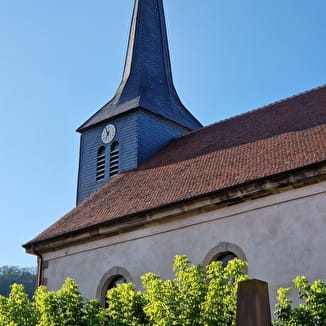
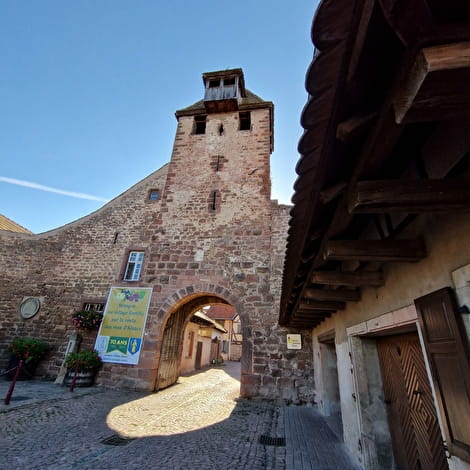
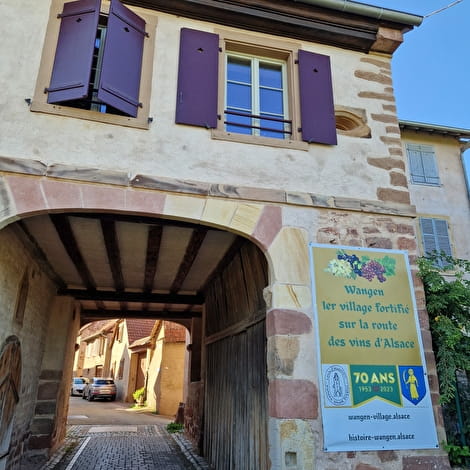
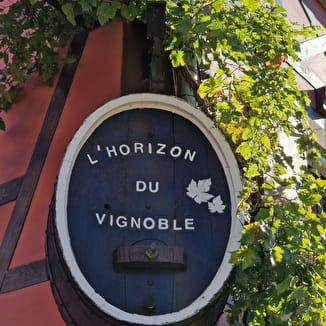
The fascinating history of the village of Wangen
Despite its fortifications, the town was stormed several times, notably in 1375 by the English. In 1420, during the Dachstein War, the town and its castle were burnt down. Only three of the fortified gates have survived, the fourth having been destroyed in 1887, as the remaining fragments remind us.
The name Wangen first appears in 722, when the abbey of Saint Etienne was founded by the brother of Saint Odile. Around 1250, an octagonal castle and ramparts were erected to protect the town and its already flourishing vineyards from envy. This was very useful, as the town was often besieged by the English, Strasbourg, Armagnac, Swedish and then the French in 1643 and 1646. In 1830, an old tax on wine was abolished. Vines grew throughout the 19th century, then declined, before stabilising at around 80 hectares today.
Every year for more than 180 years, Wangen has hosted the traditional fountain festival in the centre of the village to commemorate a legal victory abolishing an old tax. To mark the occasion, in July the town council distributes wine "symbolically" flowing from this famous fountain.
The programme includes a funfair, art exhibitions, musical entertainment, craft exhibitions and food and drink. The Wangen fountain festival aims to pass on the local history of the area over almost 2 centuries through a variety of events.
